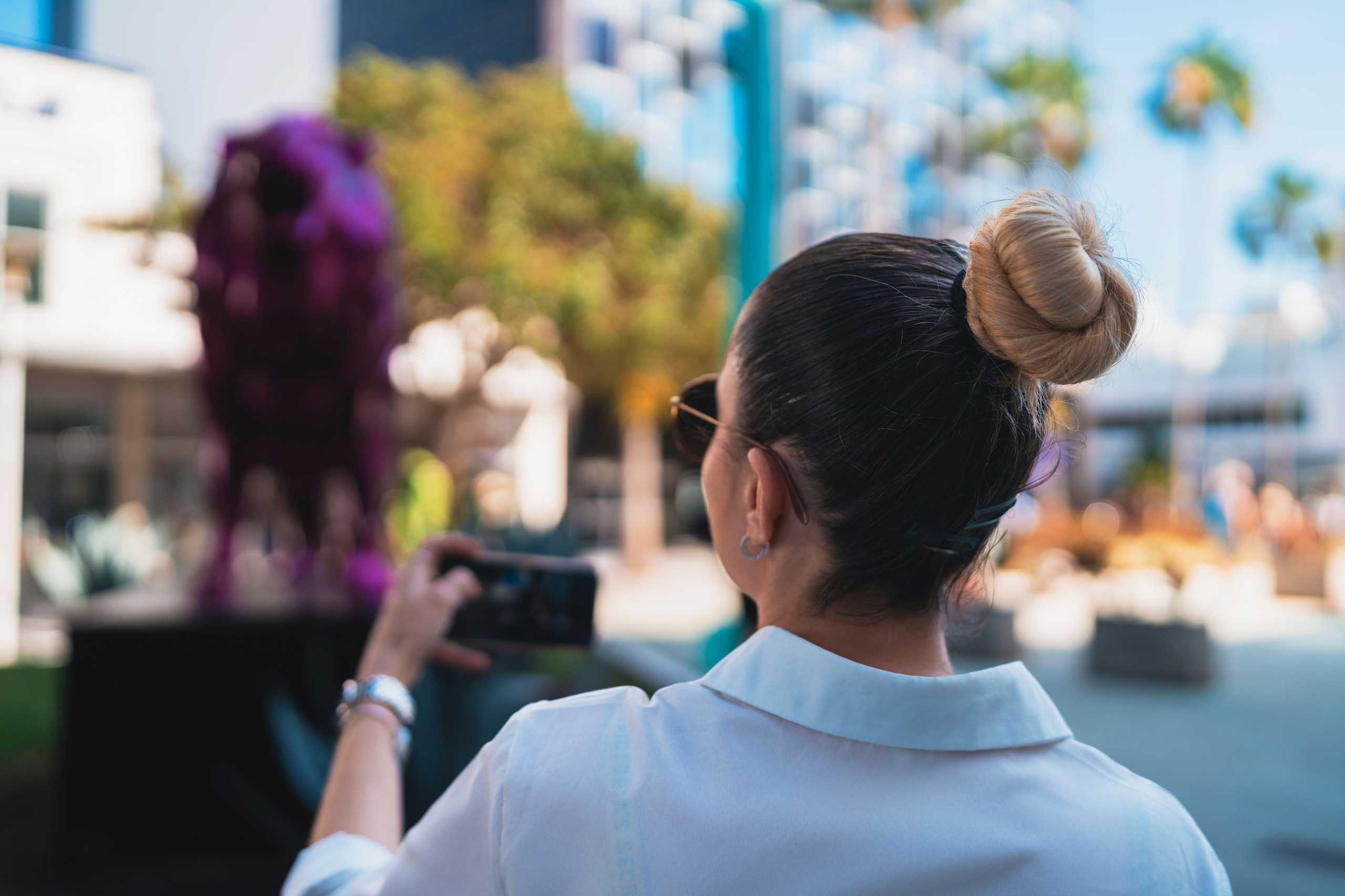Street photography is not just about capturing what you see — it’s about telling stories. Every person, every alleyway, every fleeting moment has a narrative waiting to be discovered. Learning to see these stories and convey them through your lens is what separates a snapshot from a photograph that resonates.
Look for Human Connections
The streets are full of interactions, gestures, and emotions. To capture stories:
- Observe Relationships: Watch how people interact with each other and their surroundings. A shared smile, a hurried goodbye, or a solitary walk can convey powerful emotions.
- Focus on Small Details: Sometimes, the story is in the subtle — a hand brushing against a railing, a shadow stretching across a sidewalk, a discarded object that hints at a larger narrative.
- Capture Contrasts: Juxtaposition of people, objects, or moments can tell complex stories. For example, a child playing beside a towering office building creates a visual dialogue between innocence and modernity.
Compose with Intention
A strong story requires deliberate composition. Consider:
- Foreground and Background: Layering elements adds depth and context. The environment can amplify your subject’s story.
- Framing: Natural frames such as doorways, windows, or arches focus attention and create a sense of narrative enclosure.
- Perspective: Change your angle — shoot from above, below, or through objects to reveal unique viewpoints that tell more than a standard eye-level shot.
Composition is not just about aesthetics; it’s about guiding the viewer through the story you want to share.
Timing and Emotion
The emotional impact of a photo often depends on timing:
- Anticipate the Moment: Watch for gestures or interactions that are about to unfold. A split-second glance, a subtle reaction, or a sudden movement can become the heart of your story.
- Be Patient and Present: Sometimes the scene will develop slowly. Let yourself become part of the rhythm of the street — your presence will allow the narrative to emerge naturally.
- Capture Authenticity: Avoid forcing moments. The best stories happen when people are unaware of your lens, when life flows naturally.
Tell Your Own Story
Every photographer has a unique perspective. Ask yourself:
- Which parts of the city feel alive to me?
- What emotions am I drawn to capturing?
- How can I express my vision in a single frame?
By exploring your personal interests and voice, your photos will reflect not just the streets, but your own experience and interpretation.
Final Thoughts
Street photography is storytelling through images. Ordinary streets, daily interactions, and fleeting moments contain extraordinary narratives if you learn to see them. The power of your photos comes from patience, observation, composition, and your unique vision.
Walk the streets with curiosity, empathy, and creativity — and let every photograph tell a story only you could reveal.

